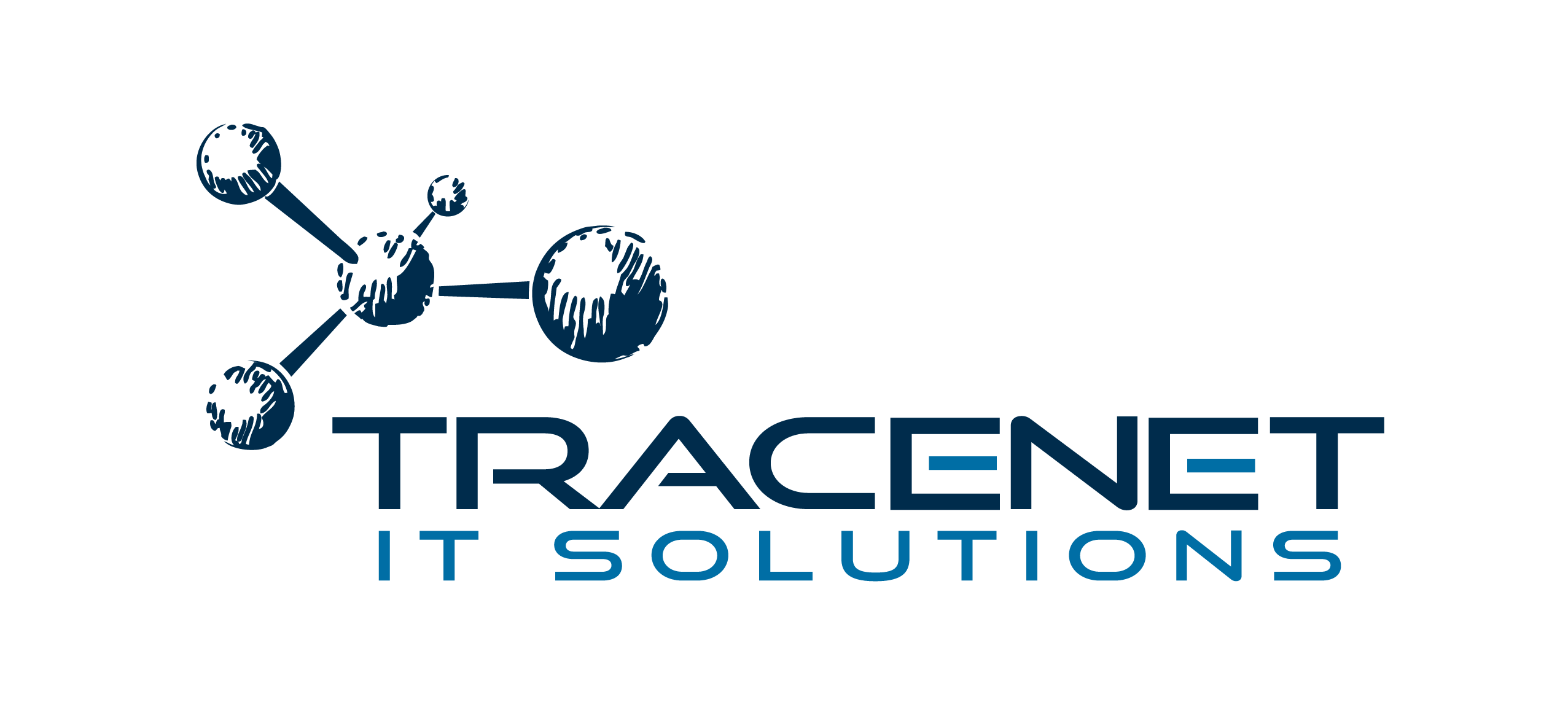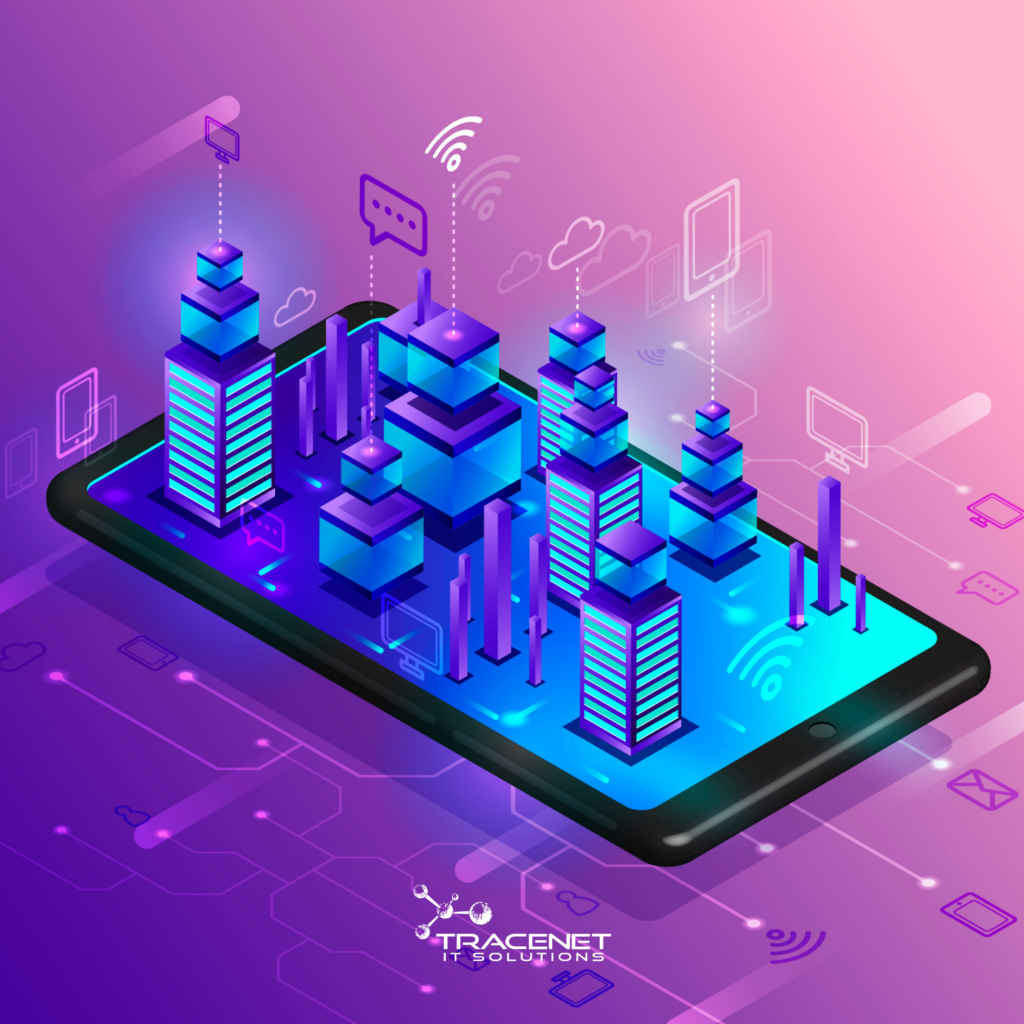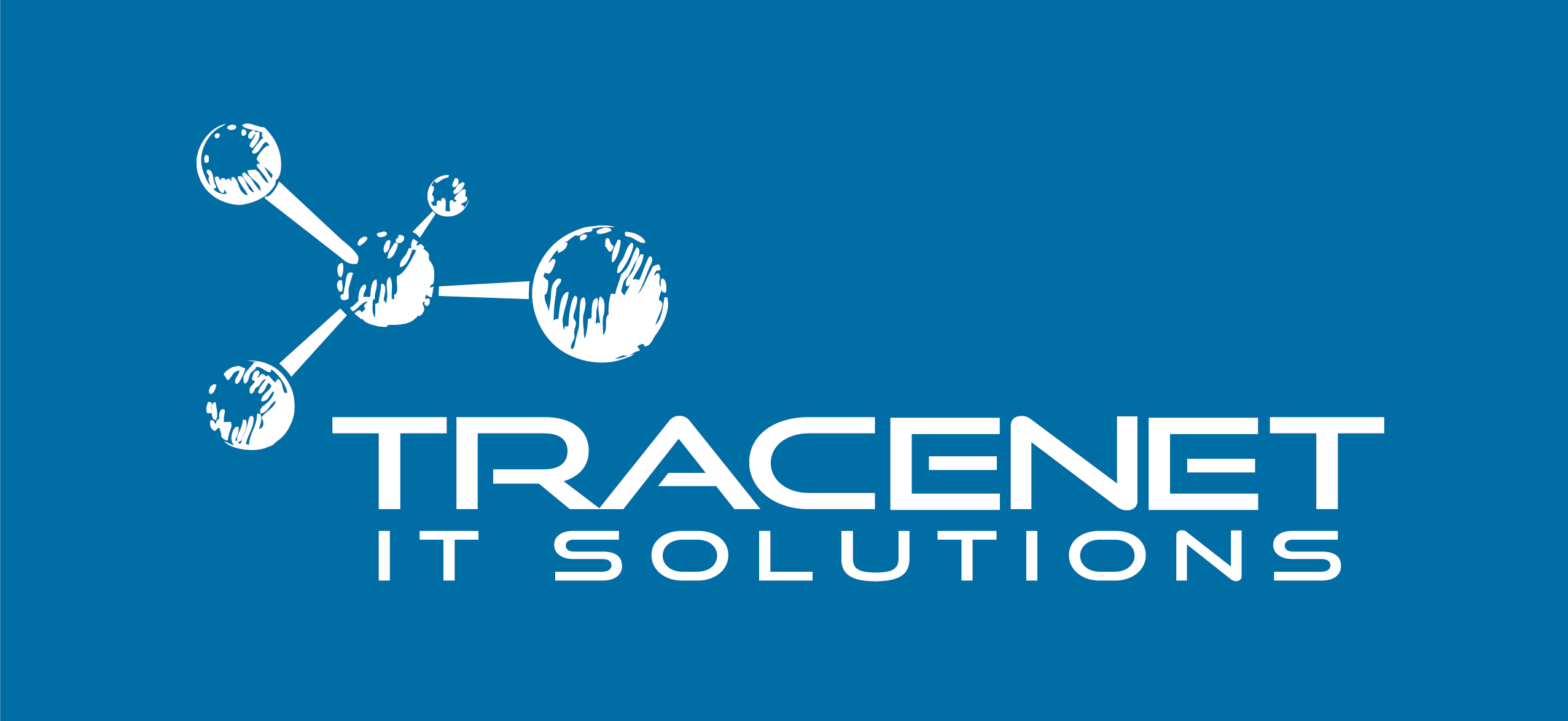As a way to enhance living standards, smart houses are becoming more and more popular
With modernity becoming more prevalent in people’s daily lives, smart homes are gaining traction, as are discussions on the necessity of IoT for a technologically advanced future with significant improvements for a hassle-free routine. According to Business Insider, by the year 2025 IoT will not only cover smart homes, but also 64 billion other devices that are linked to the housing, agriculture, manufacturing and healthcare sectors. The future is getting closer and technology is the main tool through which we can stay up to date.
Having a home that meets all expectations, as well as being able to respond to all commands made with just a cell phone, is a true dream. Little by little, this reality begins to be disseminated and increasingly becomes part of people’s daily lives. To understand a little more about this universe, continue reading this article until the end.
What are smart homes?
Smart homes, also known as automated homes, are residences that use modern technology to increase residents’ safety, efficiency, comfort, and convenience. This technology is intended to connect and operate a wide range of electronic systems and gadgets into a unified network, allowing occupants to control these systems from a central location. Among the main features that can be seen in homes like these, we have:
- Residencial automation: home automation systems enable residents to control equipment and systems throughout the home electronically. Lighting, temperature, security systems, doors, blinds, and other features are included.
- Virtual assistants: voice and automation equipment in smart homes are frequently controlled by virtual assistants such as Amazon Alexa, Google Assistant, and Apple Siri.
- Segurança: surveillance cameras, motion sensors, alarms, and monitoring systems are examples of security systems that may be accessed and operated remotely.
- Energy saving: by automatically altering lighting and temperature based on resident preferences and occupancy detection, home automation can help conserve energy.
- Entertainment: smart homes frequently have integrated entertainment systems, such as audio and video systems that can be managed from a single location.
How do smart homes work?
A smart house is outfitted with a variety of devices that can aid tenants’ daily routines. These gadgets are linked and may be accessed from a central location, which could be a smartphone, tablet, notebook, or even a game console. They are frequently classified as door locks, cameras, lighting, and everyday equipment like a refrigerator.
All smart home appliances are equipped with self-learning capabilities, allowing them to learn while their owners are around. Furthermore, its efforts are directed toward identifying energy use, prioritizing savings, and lowering costs in this area.
What is IoT?
The Internet of Things, or IoT, is a network of physical devices, automobiles, appliances, and other items that are equipped with sensors, software, and Internet access to collect and exchange data. The core concept of IoT is to link these things to the Internet, allowing them to speak with one another as well as with computer systems in order to gather, evaluate, and make decisions based on the data acquired.
As previously said, IoT is important in smart homes since it enables the automation of home devices. It is also in charge of monitoring and optimizing the operation of urban systems such as public lighting, traffic, waste management, and security. Overall, this technology has the ability to increase efficiency, conserve resources, and change the way we live and work.
The powerful union between smart homes and IoT
Because of Artificial Intelligence and the Internet of Things, society has made amazing strides. As a result, we can now think of smart homes as a resource that helps us with our daily lives. There are plenty of tools on the market, whether they are home applications or refrigerators that can display all of the stuff within.
Whether you like it or not, the future is more than certain: artificial intelligence and cutting-edge technology will completely take over every space in a home. The higher the need for resources that support a practical day-to-day routine, such as equipment capable of reacting to a simple voice command, the more society advances. A smart house not only signifies modernity, but also convenience, because it is responsible for providing comfort and pragmatism to all those individuals who have a hectic schedule and require assistance in preparing meals or learning about the newest news.
Smart home systems: cutting-edge technology
Wired or wireless technology may be used in smart homes. Both technologies can be merged in some instances. Wireless systems are simple to install, but they can be more expensive, especially if they include climate control, security, or smart lighting features. The downsides of this first sort of system are that it requires robust Wi-Fi coverage and good broadband access throughout the home most of the time. This will increase the financial cost, particularly if range extenders or several wireless access points are used.
Wired systems, on the other hand, are considered significantly more trustworthy and difficult to hack. A system like this will boost the market value of your property. Furthermore, wired smart home systems allow for easy scaling, allowing for a consistent standard to be followed when building a home or executing a larger-scale renovation.
Count on Tracenet to build solutions with IoT
The Internet of Things can significantly improve the quality of homes, especially if you want to build smart homes. As a result, Tracenet provides specific IoT solutions to ensure improved device efficiency and client satisfaction with the end result.
We also offer cyber security services, preventing your smart home systems from being hacked or being subjected to any attempted attack. So you can live a better and safer life. The integration of smart houses with IoT results in a more efficient, personalized, and secure residential environment, hence improving occupants’ quality of life. It also helps to conserve resources and cut costs, making IoT technology a vital addition to the world of modern homes.



